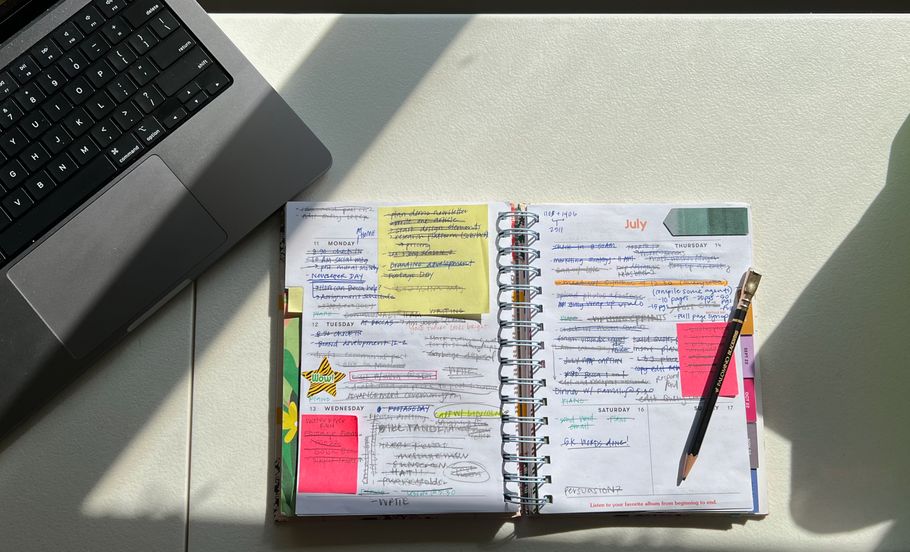If you’re a full-time student, you likely will be taking anywhere from three to five classes per semester, and, unfortunately, professors usually assign homework as if they’re the only course on your schedule. Staying on top of deadlines will be your saving grace.
There are lots of ways to stay organized in college, but chief among them is having (and using) some kind of planner. We use “planner” loosely: a piece of printer paper, something on your phone, an intricately decorated bullet journal, or anything in between.
What it comes down to is two simple truths: writing down tasks helps you remember them, and life is simplified when you have all of those tasks to remember in one place.
If you’ve never been a planner person (more of a hope-someone-reminds-you type?), we’ve compiled a list of planning tips for you to start the semester off strong and get into the organizational habits you’ll need to succeed:
- Spend an hour or two with your syllabi (yeah, this sucks, but you should actually read them) at the start of each semester. Write all due dates and exam schedules into your calendar so you’re never surprised.
- Free up some space in your brain to focus by scrawling all of your homework for the week (or the month, the day, the hour) in your agenda. I am a big fan of sticky notes for this task. I love the classic pale yellow, but go wild here.
- Schedule time every week to schedule. The trick to not doing homework at all times of every day is to know what you have to do and when it needs to be done. Every Saturday/Sunday night take ten-ish minutes to write a preliminary list of things that are due the following week and when you’re going to work on them. That way you’re not scrambling to prioritize.
- Make your agenda work for you —you shouldn’t have to stress about pages you aren’t filling up (I seldom, if ever, use the full calendar spreads in mine). Find something that works and stick to it. Even if that’s an array of sticky notes on your desk or the calendar app on your phone, by all means, get to scheduling!
- Try new things until you find the very best one for you. After years of testing new planners, I have three priorities: I want a physical book, a week spread, and ample space to write all of my tasks. It’s not pretty, never pretty, but it keeps me organized, which is the most important thing.
